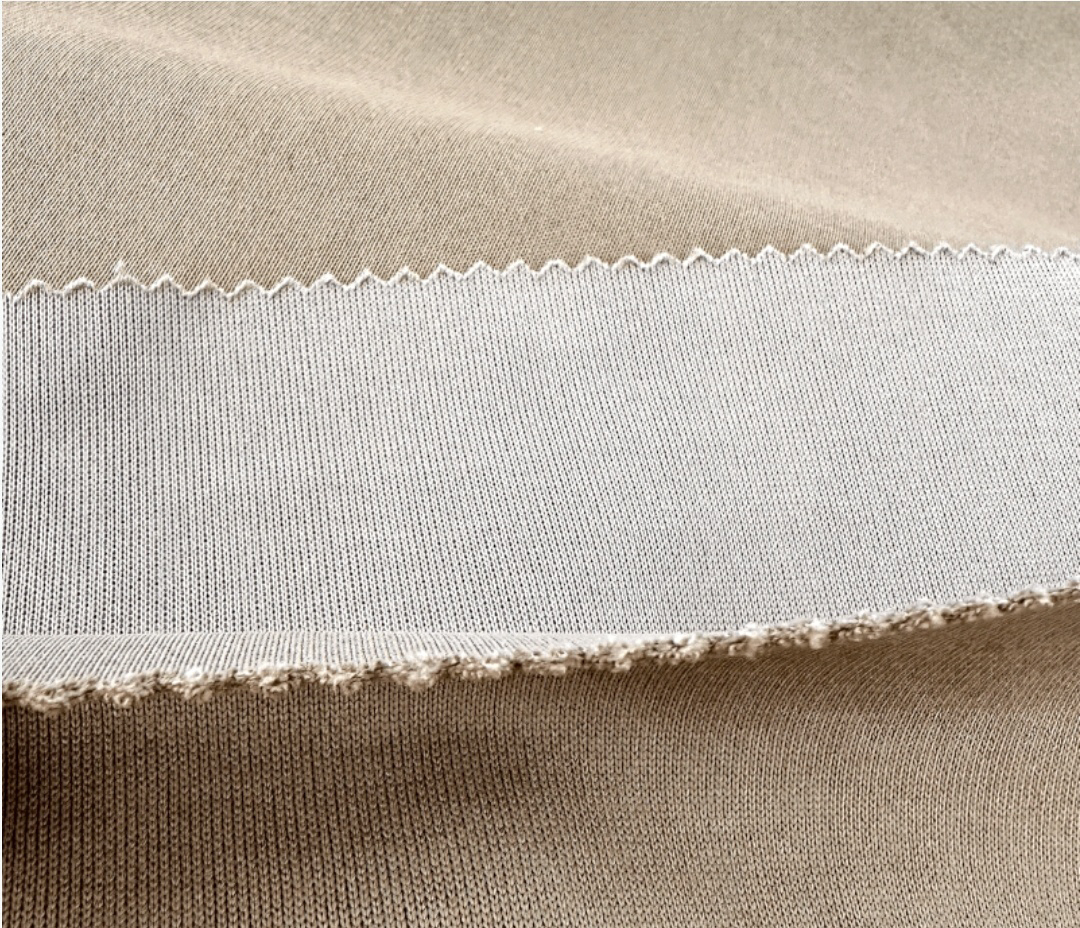🔍 As you can see from the picture, the front and back of this fabric are made of different materials with distinct textures. ✨ This effect is achieved through "composite technology"!
📍 What is composite technology?
In the textile industry, composite technology refers to combining two or more different materials using physical or chemical methods to create composite materials with special functions, such as waterproofing, insulation, breathability, etc. These are widely used in clothing, home textiles, and industrial products.
🔧 Types of composite processes:
1. Hot-melt bonding: Materials are bonded through heat, often used in clothing and home textiles👗.
2. Solvent bonding: Solvents dissolve adhesive to combine materials, ideal for soft or breathable products.
3. Dot adhesive bonding: Adhesive is applied in dots to maintain breathability and flexibility👍.
4. Barrier membrane bonding: A membrane with waterproof or breathable features is bonded to the base material, commonly seen in outdoor or waterproof fabrics🏕️.
⚠️ Important considerations:
- Base material choice🧵: Ensure compatibility with the desired performance.
- Adhesive use: Select the right adhesive for the materials and conditions🧪.
- Process control: Carefully monitor temperature, pressure, and speed for best results.
- Environmental factors🌡️: Humidity and temperature can affect the bonding process.
In short, composite is a precise process where each detail impacts the final product's quality and functionality👌.©zhiqing (Maeve) qiu
• learning and shearing
------
We also produce TC pocketing, Any type of woven non denim, twill fabric and all kinds of accessories supplier.
If you are interested in, please DM .
------
This is a list of the products we currently have in stock 👇 :
https://sites.google.com/view/tc-pocketing-accessories
#TextileTechnology #Composite #FabricManufacturing #CircularKnitting #Sustainable #InnovativeTextiles #TechnicalTextiles #GarmentManufacturing #FabricInnovation #TextileIndustry









